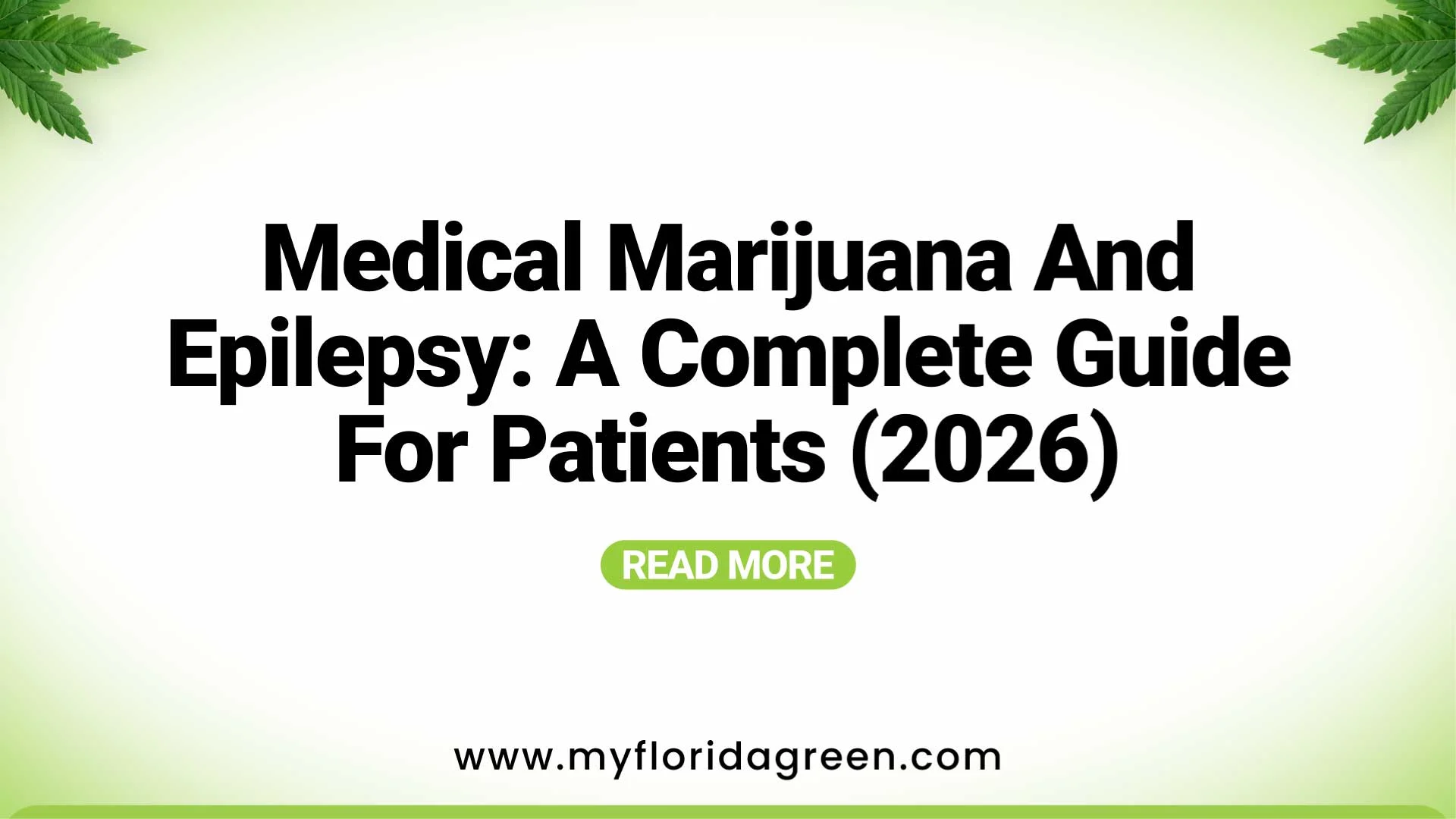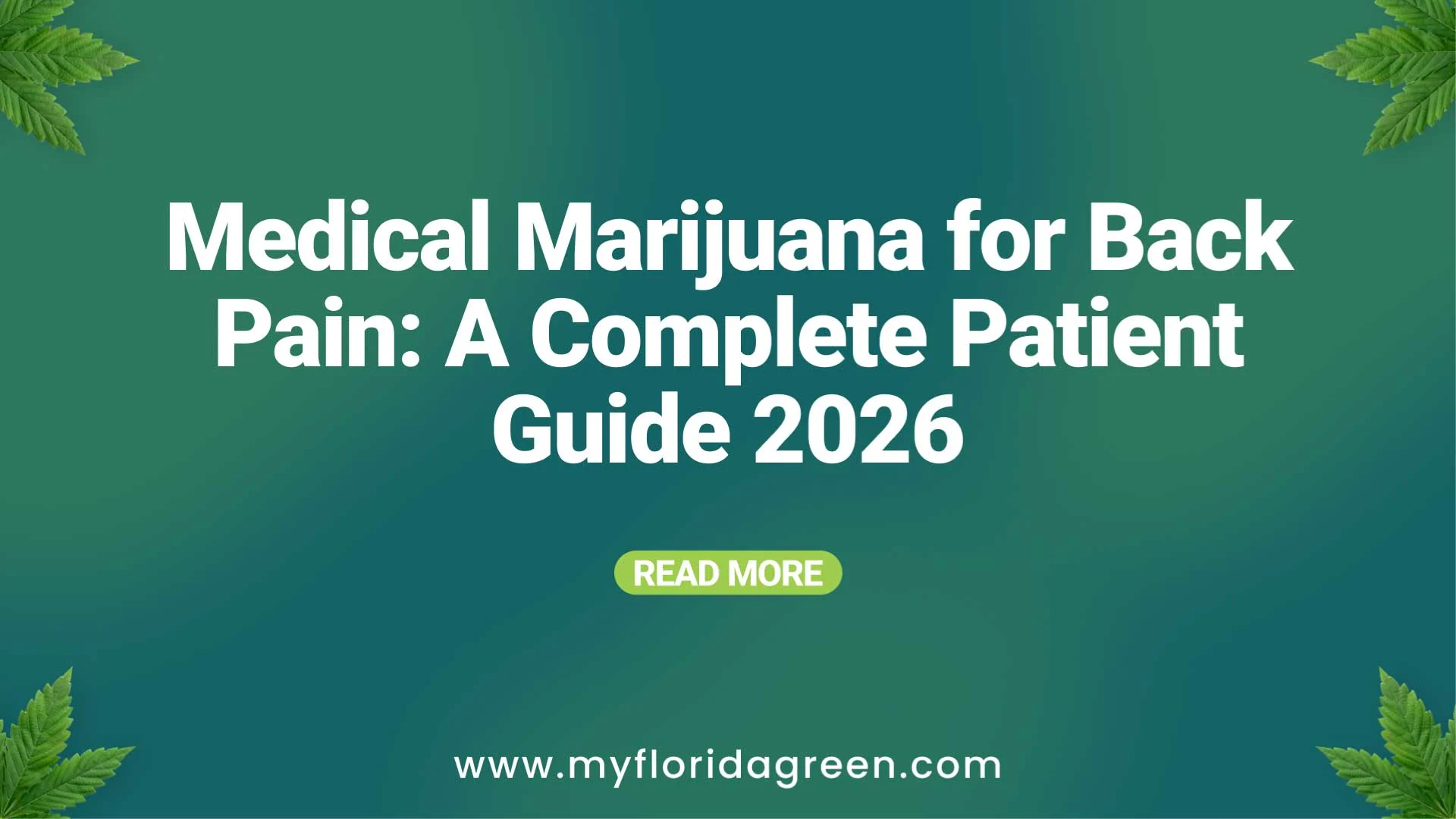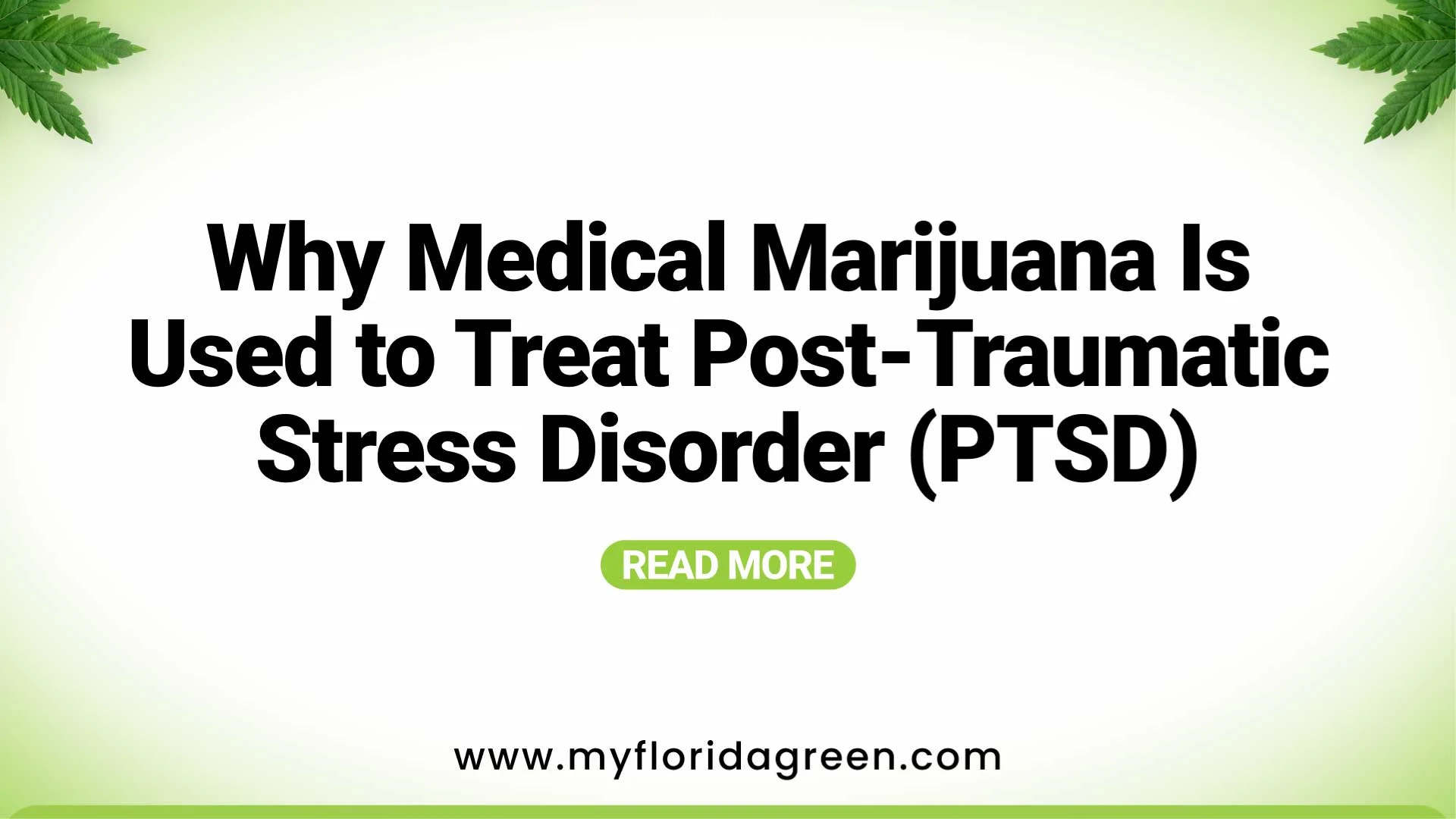Regarding Jeff Sessions, Cannabis & Opiate Addiction
[vc_row][vc_column][vc_column_text]Attorney General Sessions just can’t stop himself. He will try his hardest to sell the false notion that cannabis leads to heroin addiction. At a recent speech in Tampa, he again did his best to prove his ignorance of the science and behavior patterns of cannabis users.
Attorney General Jeff Sessions is blaming an old foe of his for the opioid crisis: marijuana. Speaking at the Heritage Foundation to the Reagan Alumni Association this week, Sessions argued that cutting prescriptions for opioid painkillers is crucial to combating the crisis — since some people started on painkillers before moving on to illicit opioids like heroin and fentanyl. But then he expanded his argument to include cannabis.
“The DEA said that a huge percentage of the heroin addiction starts with prescriptions. That may be an exaggerated number; they had it as high as 80 percent,” Sessions said. “We think a lot of this is starting with marijuana and other drugs too.”
It’s true that, historically, a lot of opioid addiction started with prescribed painkillers — although that’s changing. A 2017 study in Addictive Behaviors found that 51.9 percent of people entering treatment for opioid use disorder in 2015 started with prescription drugs, down from 84.7 percent in 2005. And 33.3 percent initiated with heroin in 2015, up from 8.7 percent in 2005.
Where Sessions, who once said that “good people don’t smoke marijuana,” went wrong is his suggestion that marijuana leads to heroin use — reiterating the old gateway drug theory.
While people’s first illicit drug is often marijuana, researchers have cautioned that there’s no solid evidence that marijuana use causes harder drug use. It’s possible, instead, that people use pot before other drugs simply because marijuana is more accessible than other illegal substances; after all, many people’s first drugs are alcohol or tobacco, which are both legal (for adults) and relatively easy to get, and we don’t assume that will lead to heroin use.
A 2002 report by RAND’s Drug Policy Research Center said that this explanation is at least as plausible as the gateway hypothesis:
The new DPRC research thus demonstrates that the phenomena supporting claims that marijuana is a gateway drug also support the alternative explanation: that it is not marijuana use but individuals’ opportunities and unique propensities to use drugs that determine their risk of initiating hard drugs. The research does not disprove the gateway theory; it merely shows that another explanation is plausible.
There’s also evidence that increased access to marijuana reduces some opioid use: A growing body of research indicates that medical marijuana legalization in particular can lower the number of people misusing opioids.
The idea: Marijuana is an effective painkiller, so it can substitute some opioid painkillers that have led to the current overdose epidemic. Since marijuana doesn’t cause deadly overdoses and is less addictive than opioids, replacing some use of opioids with pot could prevent some overdose deaths.
The research on this is still early, and it by no means shows marijuana is the one answer to the opioid crisis. (As Stanford pain specialist Sean Mackey previously told me, marijuana — if it were fully legalized — would be only one of hundreds of non-opioid drugs that are already available to doctors like him.) But the evidence shows that the correlation Sessions is trying to draw isn’t based on reality.
Medical marijuana is an effective painkiller
To understand the opioid epidemic, it’s crucial to understand that America has a pain problem. According to a 2011 report from the Institute of Medicine, about 100 million US adults suffer from chronic pain (such as lifelong back pain), and more suffer from acute pain (such as a temporary injury). These are the kinds of figures doctors were worried about in the 1990s and 2000s when they began prescribing opioid painkillers at record rates — by 2012, enough to give a bottle of pills to every adult in the country — and essentially caused the opioid epidemic, over time leading many people not just to misuse painkillers but also illicit opioids such as heroin or fentanyl.
Doctors generally did this with good intentions: They were misled by drug companies and public education campaigns that opioids were both effective and had a lower risk of misuse than other painkillers on the market. So they thought they finally had their way to treat the US’s pain problem without leading to addiction and overdoses.
Physicians were obviously wrong to believe that about opioids, and drug companies were wrong to mislead them. But the general point is they were trying to address a medical problem to the best of their abilities — a problem that remains to this day. The fact that opioids are now reviled as a result of the epidemic doesn’t remove the underlying issue that tens of millions of Americans suffer from debilitating pain, and doctors feel they need a way to address that issue.
Well, medical marijuana appears to offer one way to help deal with America’s pain problem without the risks of opioids.
The best review of the research to date on marijuana, published by the National Academies of Sciences, Engineering, and Medicine, looked at more than 10,000 studies to evaluate pot’s potential benefits and harms.
The review concluded that there’s “conclusive evidence” for marijuana as a treatment for chronic pain, as well as multiple sclerosis spasticity symptoms and chemotherapy-induced nausea and vomiting. The review also found “substantial evidence” linking pot to respiratory problems if smoked, schizophrenia and psychosis, car crashes, lagging social achievement in life, and perhaps pregnancy-related problems — but it didn’t find any good evidence that marijuana causes health complications, such as overdose, that can lead to death.
So the evidence suggests marijuana is effective for treating chronic pain, even if it may come with some nonfatal risks.
What about opioids? While there is research that opioids effectively treat acute pain, the evidence on whether opioid painkillers can treat chronic pain is weak at best, in part because people quickly build a tolerance to opioids.
Opioids also produce much worse side effects than marijuana. For one, there’s the very real risk of deadly overdose. And there’s the risk of addiction: Not only can patients get addicted to opioid painkillers, but their addiction can, according to other research, lead to the use of heroin and fentanyl — opioids that are cheaper, more potent, and deadlier than traditional painkillers.
Marijuana could substitute opioids as a painkiller without any of these horrible side effects. Of course, pot wouldn’t work for everyone, just as the effectiveness of medications for other types of health issues can vary from patient to patient. But it could possibly replace some opioid deaths.
That’s not entirely hypothetical. A growing body of research shows that legalizing medical marijuana really does seem to reduce the number of opioid deaths.
Medical marijuana legalization appears to lead to fewer opioid deaths
A new study from David Powell and Rosalie Pacula of the RAND Corporation and Mireille Jacobson of the University of California Irvine looked at how medical marijuana legalization — particularly in states with the most access — affects opioid-related deaths. They concluded, “These findings suggest that broader access to medical marijuana facilitates substitution of marijuana for powerful and addictive opioids.”
The researchers looked at both treatment admissions for opioid pain reliever misuse and state-level opioid overdose deaths. They found relative decreases in misuse and deaths in states with medical marijuana dispensaries, but they didn’t find significant decreases in states that allow medical marijuana without dispensaries. So the big factor in reducing misuse and deaths seemed to be not just medical marijuana legalization but also access to medicinal pot through dispensaries.
The study also found that legal opioid painkiller distribution didn’t seem to decline in states with pot dispensaries, which, according to the researchers, suggests people are replacing illegally obtained opioids with pot. But the overall result is still less misuse and fewer deaths.
“In short, our findings that legally protected and operating medical marijuana dispensaries reduce opioid-related harms suggests that some individuals may be substituting towards marijuana, reducing the quantity of opioids they consume or forgoing initiation of opiates altogether,” the researchers wrote.
A couple caveats: The effect seemed to shrink after 2010 when the Obama administration encouraged states to pass stricter regulations on medical marijuana — therefore making it less accessible. And the effect could shrink more as the opioid crisis becomes less about painkillers and more about heroin and fentanyl, which has been increasingly true over the past few years.
Pacula and Jacobson’s research, however, isn’t the first to produce these kinds of results. A 2014 study, published in JAMA, found medical marijuana laws reduce opioid overdose deaths, although it was less rigorous than Pacula and Jacobson’s analysis. And a 2016 survey from the University of Michigan found that chronic pain patients who used marijuana reported a 64 percent drop in opioid use.
The studies show a correlation, not causation. But given that medical marijuana and opioids can fill such similar roles, there’s good reason to believe there’s some causal connection in the data. So there’s a solid empirical case that improving access to marijuana might save lives by keeping people off opioids — the exact opposite of what Sessions has suggested.
[/vc_column_text][/vc_column][/vc_row]








